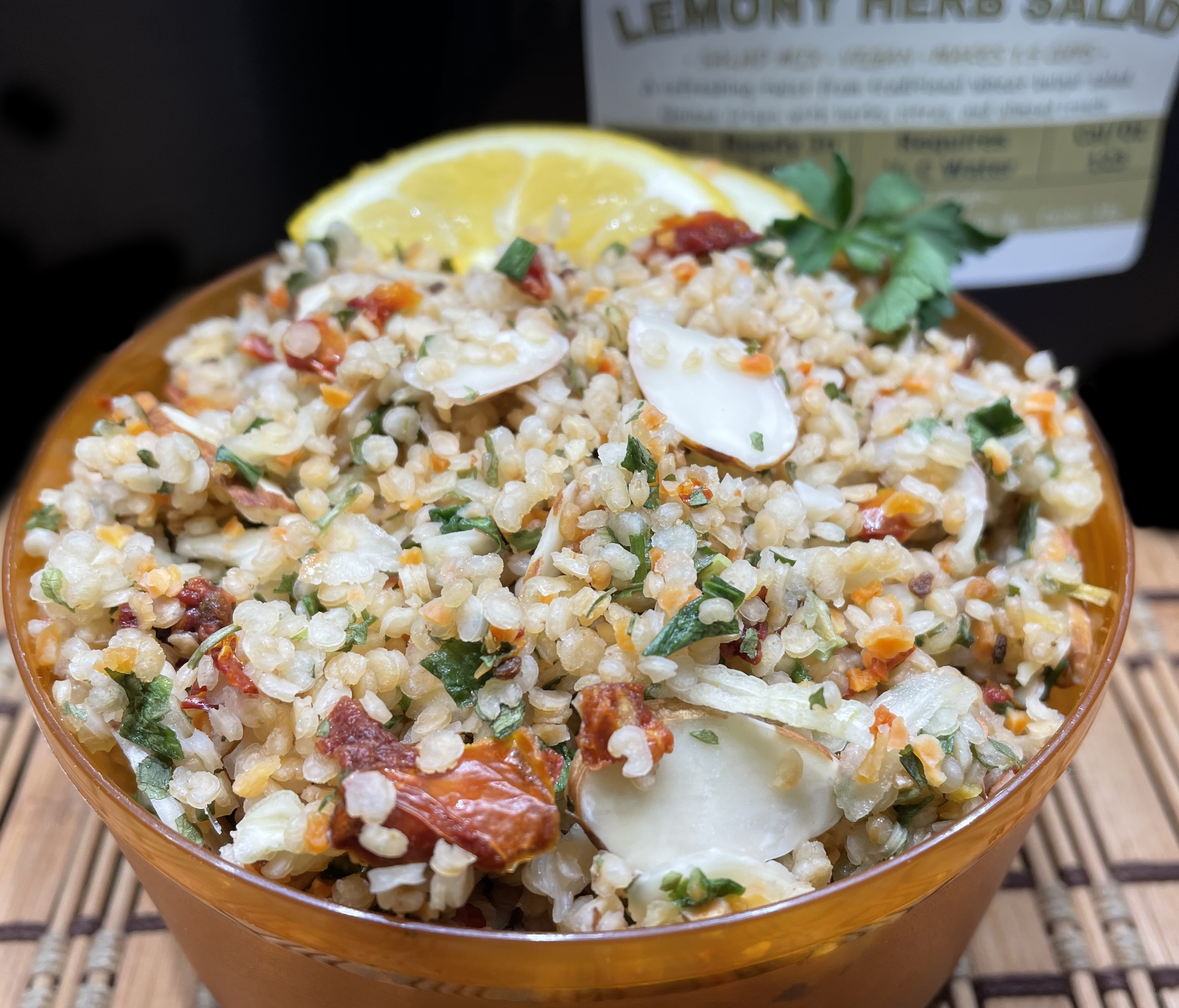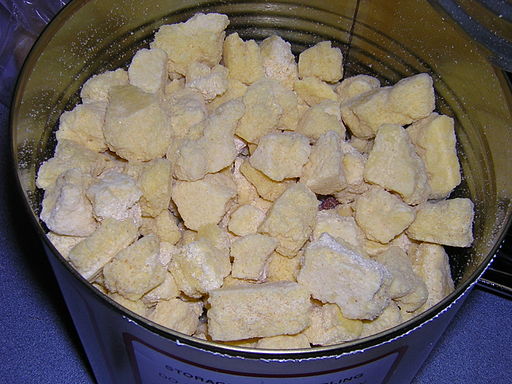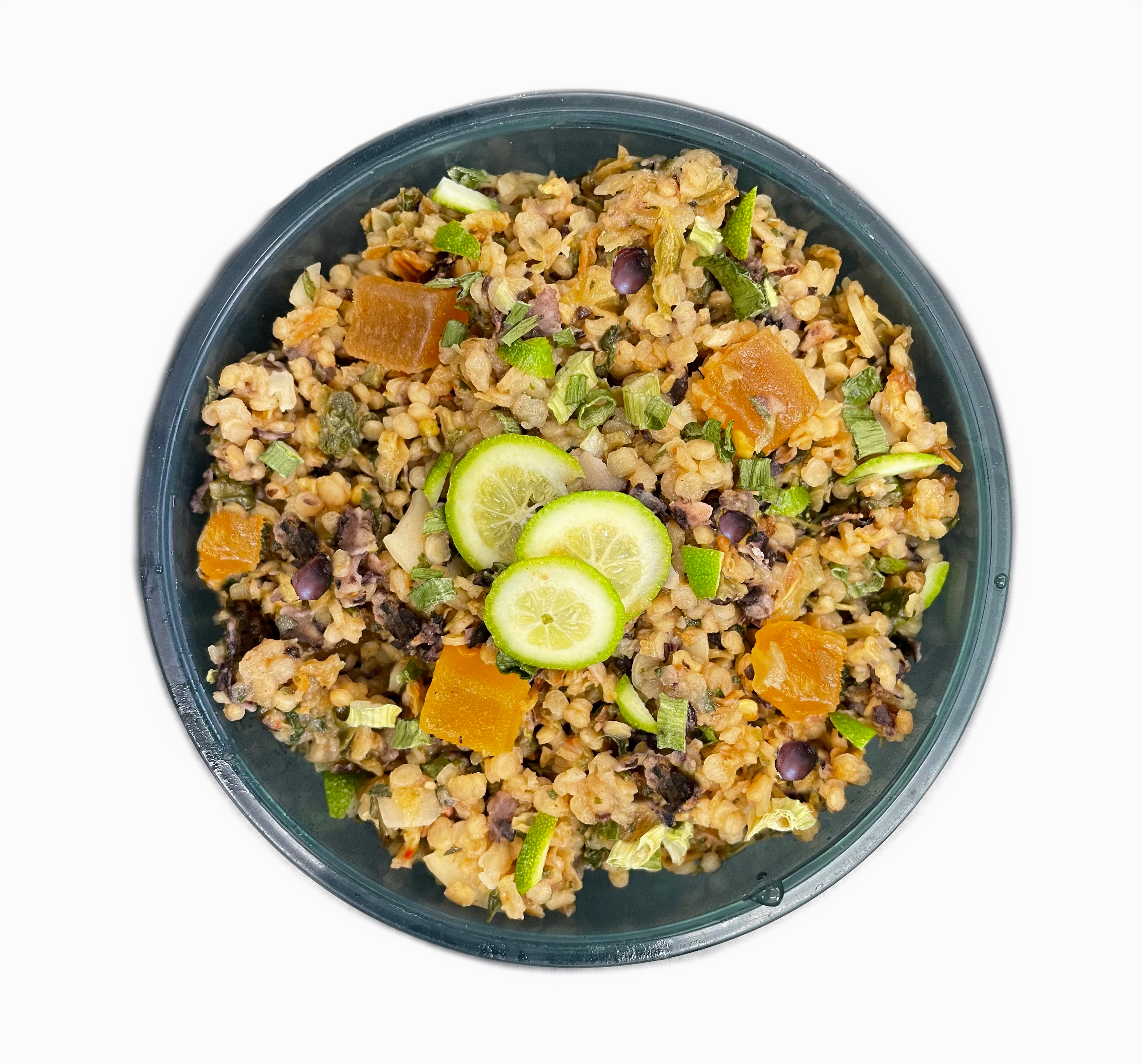If you care about the foods you eat at home, chances are you also care about your trail food. And if your standard daily fare is made from fresh whole food ingredients, why wouldn’t you expect the same quality level in your trail food?
 Obviously, most fresh foods don’t pack well; they may get crushed in your backpack and make a mess or rot, neither appetizing. So that leaves us with packaged foods.
Obviously, most fresh foods don’t pack well; they may get crushed in your backpack and make a mess or rot, neither appetizing. So that leaves us with packaged foods.

In the past, packaged backpacking food corresponded to sodium-saturated kibble. Long shelf life and fast rehydration were featured over ingredient quality and nutrition.
Thankfully, it has improved with time, and there are better choices today. Yet lousy ingredients are still commonplace in backpacking foods!
Here is what to look for to determine if your trail food is healthy or not.
How to find genuinely healthy backpacking food
- Don’t rely on marketing assertions that give statements such as “all-natural,” “no trans fat,” “made from real food,” “made from whole grains,” “non-GMO,” and such on the packaging. Read the ingredient list instead.
- Steer clear of trail food containing these items in the ingredient list: food coloring, hydrogenated fat, gums, flavors, MSG, nitrates, sulfates, synthetic preservatives, and hidden ingredients marketed under the blanket term “natural flavors” or “spices.” These additives are commonly found in highly processed food to impart intense color or flavor at a cheap cost. Backpacking meals that are minimally processed or those made with organic and whole foods offer better nutrition.
- Look to see how the food is dried to make it shelf-stable. Backpacking food can be either freeze-dried or dehydrated. Freeze-drying and dehydrating are different methods for preserving food. Dehydration involves heated air (or sun drying) and destroys some nutrients, while freeze-drying retains the most. Some companies use only one method, while others use various techniques. Outdoor Herbivore uses both freeze-dried and dehydrated ingredients.
- Check where the product is made. Food quality and sanitation standards fluctuate widely between countries. Outdoor Herbivore has a strict policy of purchasing domestic ingredients with a priority on local ingredients. Read more about our food model.
NONE of these Substances are in Outdoor Herbivore’s Backpacking Meals
When you purchase backpacking food from Outdoor Herbivore, we can assure you that we do not use synthetic additives and preservatives. You won’t find the following in our meals:
- Flavor Enhancers, including monosodium glutamate (MSG), calcium glutamate, monopotassium glutamate, hydrolyzed soy protein, autolyzed yeast extract, disodium guanylate, and other artificial flavors that do not naturally occur in the included food.
- Artificial Flavors, Food Colors, Artificial Sweeteners, Synthetic Preservatives, and Controversial Stabilizers/Thickeners/Gums. This includes sulfites, sulfates, nitrites, nitrates, monosodium glutamate (MSG), FD&C colors, carmine, aspartame, saccharin, high-fructose corn solids, BHA (Butylated hydroxyanisole), BHT (Butylated hydroxytoluene), Sodium Diacetate, TBHQ (Tertiary butylhydroquinone), Carrageenan, Polysorbate 80, and polyglycerols.
- Bio-engineered Food Ingredients/Genetically Modified Organisms (GMO’s).
- MEAT; The only animal-products we use is eggs/dairy, which are in less than 15 percent of our overall products.
The term “Nature made food for your Journey” is a guideline Outdoor Herbivore follows when making our trail food. It represents the criteria for purchasing ingredients, including food additives we ban in our packaged foods.
Outdoor Herbivore’s customers often tell us how important their diet is to them. For some people, this means eating plant foods, organic ingredients, or restricting junk food. Whatever the reason, the focus is sensible because healthful eating is one of the easiest ways to defend yourself against disease and improve overall well-being.
We love eating (and making!) delicious food at Outdoor Herbivore and are pleased to serve the backpacking community. Cheers to making good food choices and prospering.

5 thoughts on “Tips for Purchasing Backpacking Meals made with Real Food”
nice read, thanks for the great content
Some very useful tips here, it should also be mentioned that food packaging is pretty important if you want to keep your backpack food nice and fresh!
Can you precook beans vacuum seal them then finish cooking on trail
Not unless you dry the beans after precooking. If the beans are wet packed after precooking, they will quickly grow bacteria.
Finding the best food to bring on the trail has been a real struggle for me. Thanks to this post, my mind is clearer!